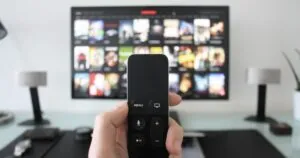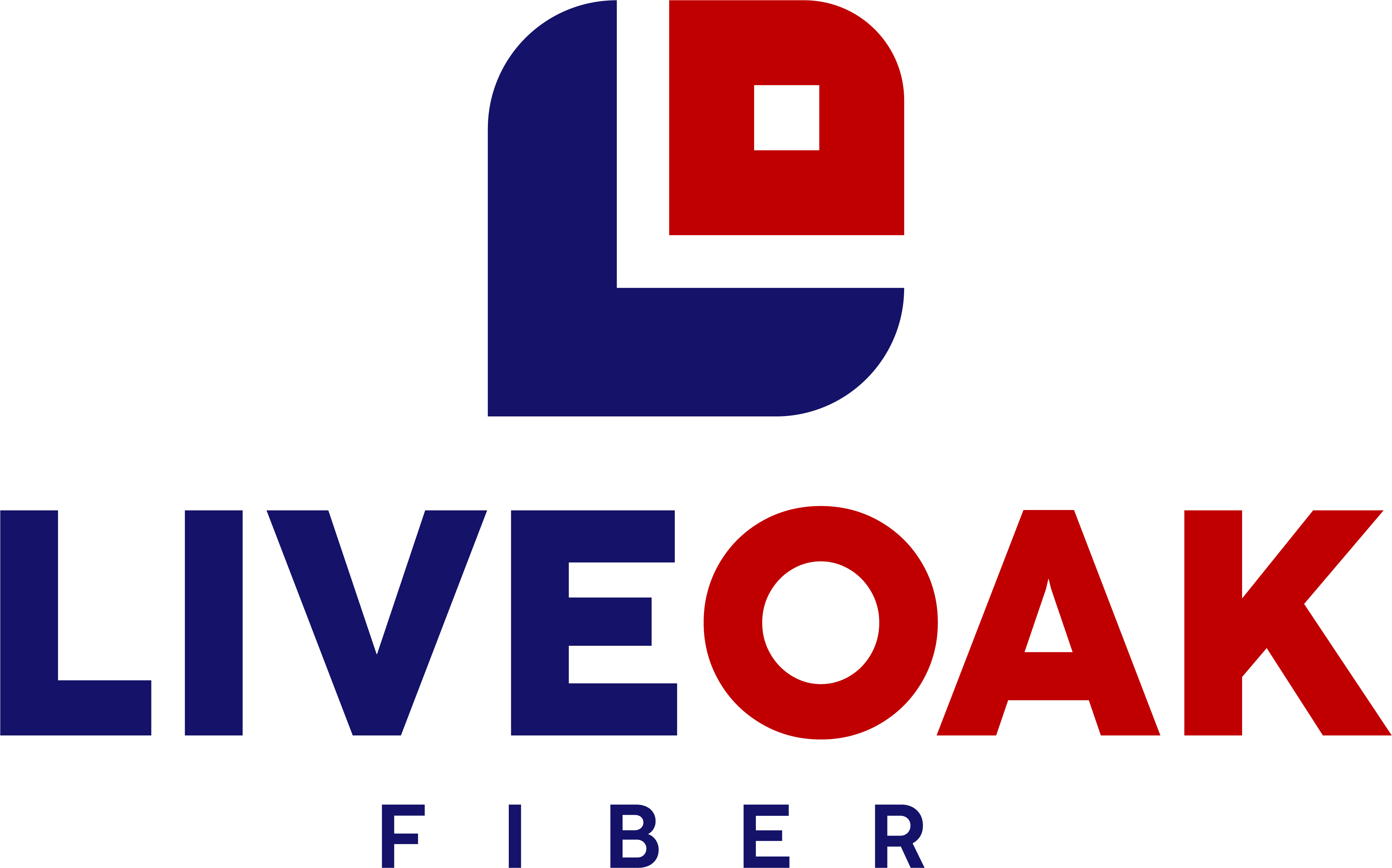If you’re thinking about cutting the cable cord, you might be wondering: What exactly is streaming? Will it work for me? And can I actually figure it out?
Streaming has become the go-to way to watch TV shows, movies, and even live events without the cable company’s box or contract. It’s flexible, affordable, and puts you in control of what you watch and when you watch it. But just as important, it’s surprisingly simple, even if you don’t consider yourself “good with technology.”
What is Streaming?
Streaming is how video and audio are delivered over the internet in real time. Instead of downloading a file in advance, the content plays instantly as data flows to your device. If you’ve ever watched a video on Facebook or YouTube, you’ve already streamed.
Think of it like radio for TV—when you turn on the station, it starts playing right away, without storing the whole program first. All you need is an internet connection and a device that can connect to streaming services.
A Brief History of Streaming
Streaming’s roots go back to the mid-1990s when internet speeds were slow and video was grainy. It started mainly with short clips and online radio stations. As home internet improved, streaming became smoother and more reliable. By the late 2000s, Netflix, Hulu, and other platforms began offering entire TV shows and movies on demand.
Fast forward to today, and it is now the default for millions of households. Many big networks release shows directly to streaming apps, and live TV channels can now be streamed just like on cable with no satellite dish or bulky box required.

Streaming vs. Cable
Switching from cable to streaming isn’t just about saving money. It’s about changing how you watch TV. While both deliver your favorite shows, sports, and movies, the way they work (and what you get for your money) is very different. Here’s a quick side-by-side look at how streaming stacks up against cable in the areas that matter most.
- How it works: Cable sends channels through a physical wire; streaming uses your internet connection.
- Content options: Cable locks you into channel bundles; streaming lets you pick only the services you want.
- Schedules vs. freedom: Cable programs run on set schedules; streaming is available 24/7 whenever you choose to watch.
- Cost: Cable often costs more and includes channels you never watch; streaming can be tailored to your budget.
- Equipment: Cable needs a box for each TV; streaming usually needs just a small stick or smart TV app.
Is Streaming Easy to Use for Non-Tech-Savvy People?
Yes, modern streaming devices are built with simplicity in mind. Once set up (often just plugging it in and connecting to Wi-Fi), the steps to watch are straightforward:
- Turn on your TV and streaming device.
- Select the streaming app (like Netflix or Hulu) from the main menu.
- Browse or search, click your choice, and enjoy.
Some devices even have “one button” access to favorite services, so you can go from off to watching in seconds.
Will My Parents or Grandparents Be Able to Figure It Out?
Most likely, yes. Many older viewers have made the switch without frustration. Remotes are often simpler than cable remotes with fewer buttons, large directional arrows, and clear labeling. Voice search can make it even easier: press the microphone button, say the name of the show, and the show pops right up.
Some services also have “continue watching” features so you can pick up exactly where you left off without hunting for your spot.
Is Streaming User-Friendly?
Streaming menus are designed for visual browsing. You’ll see colorful tiles for your apps and thumbnail images for shows and movies. Most services organize content into clear categories like “New Releases,” “Top Picks,” and “Continue Watching.”
And unlike cable, you don’t have to remember channel numbers. Just pick the picture of what you want and start watching.
Other Basics to Know Before You Start
Before you decide to switch, it’s helpful to understand a few core concepts. We cover these in more detail in other sections of the guide:
- Internet Speed Requirements – How much speed you really need for smooth streaming (and what happens if it’s too slow).
- Types of Streaming Services – On-demand services like Netflix, live TV options like YouTube TV, and free ad-supported platforms like Pluto TV.
- Streaming Devices – From smart TVs to small streaming sticks, plus how to pick the right one for your home.
Bottom line: Streaming is not just for the tech-savvy. It’s for anyone who enjoys watching TV and wants more choice, flexibility, and control. If you can navigate a basic TV menu or smartphone, you can stream.
